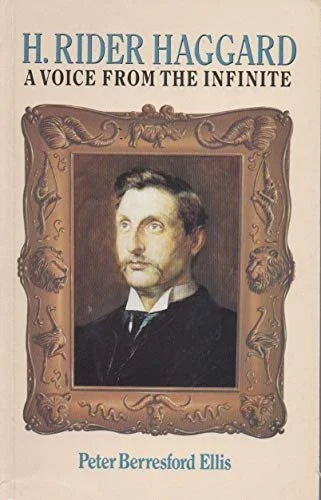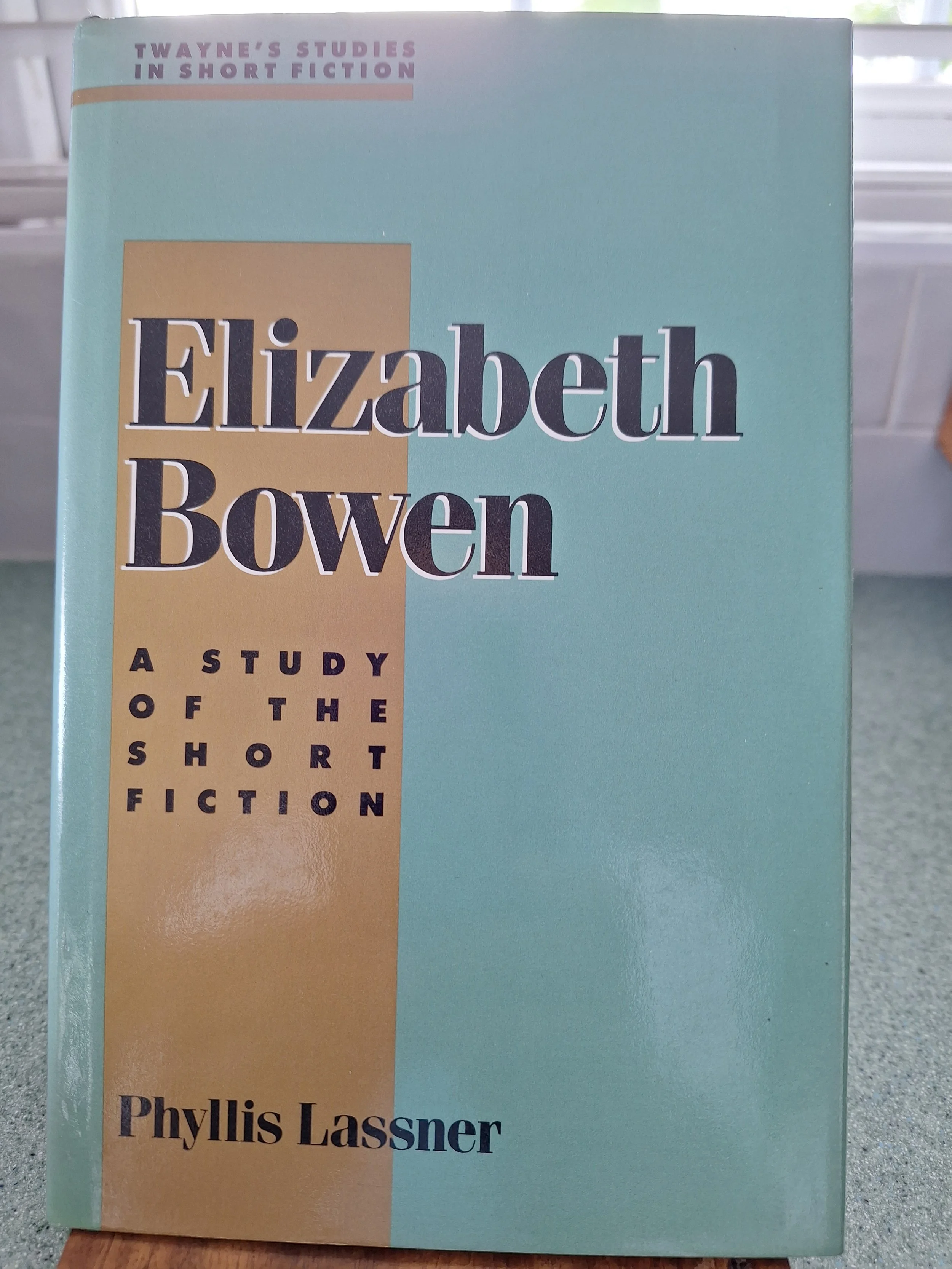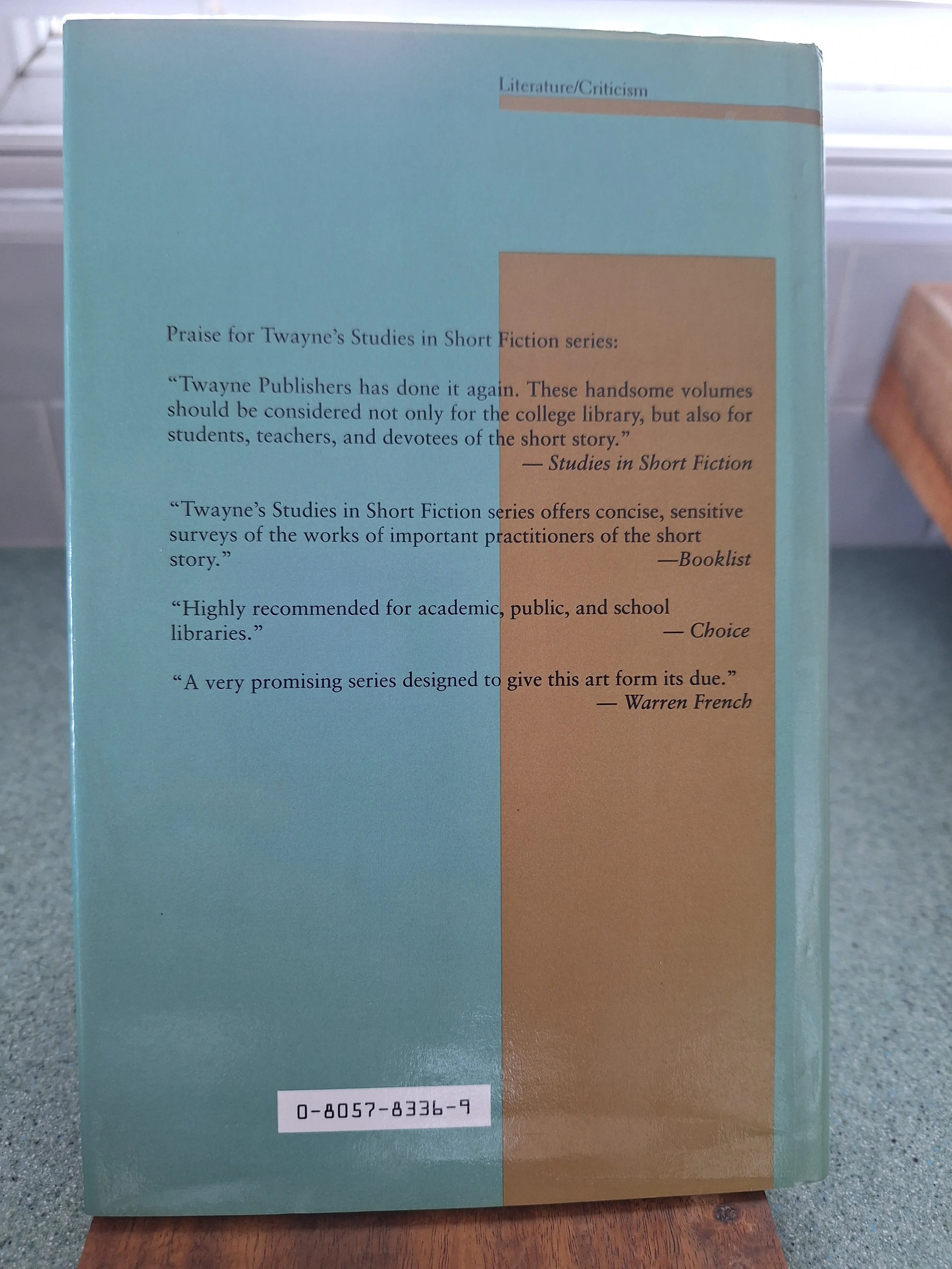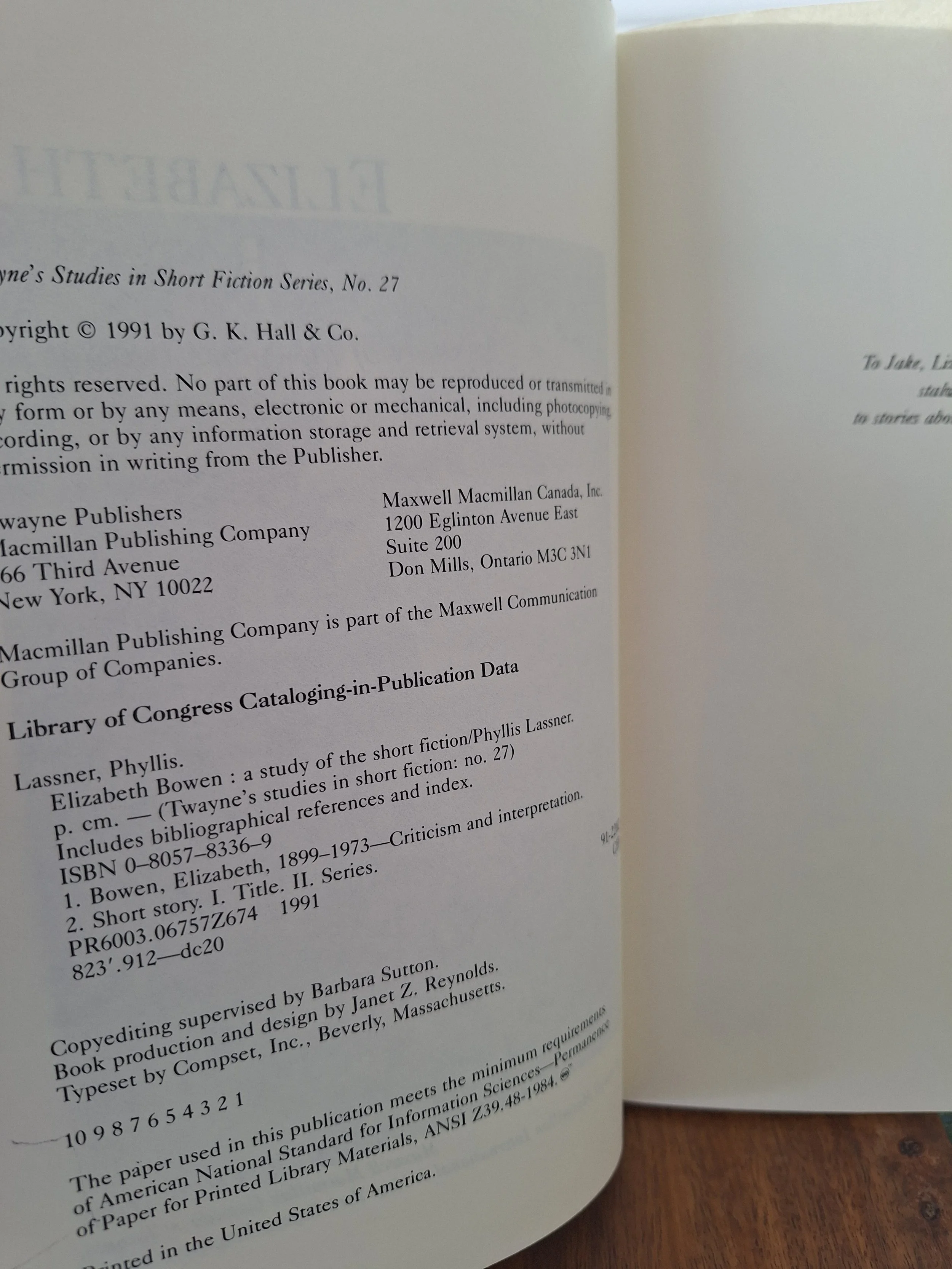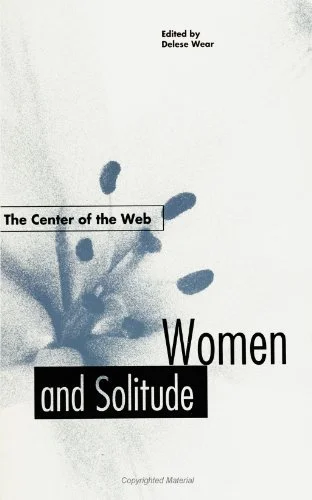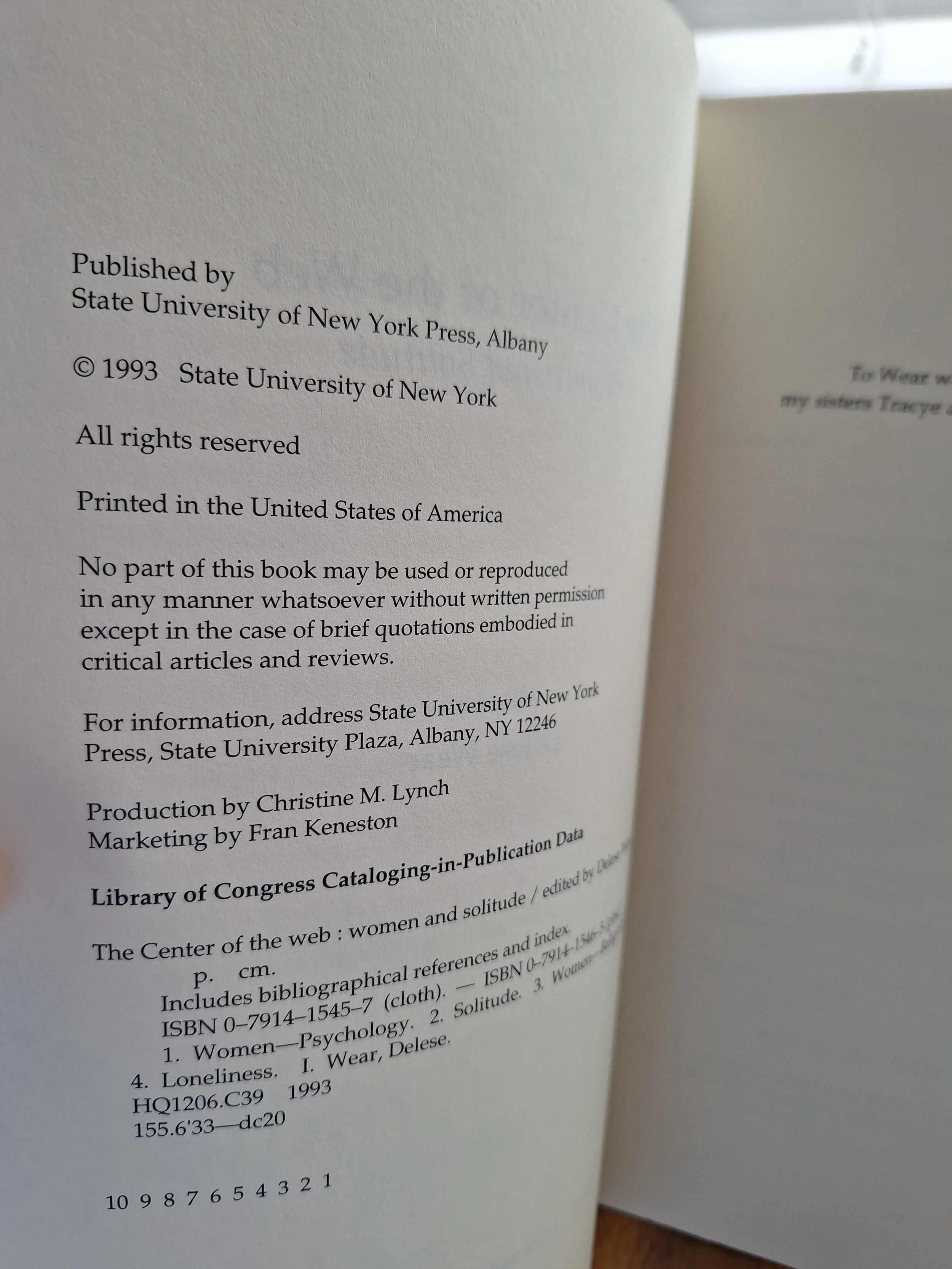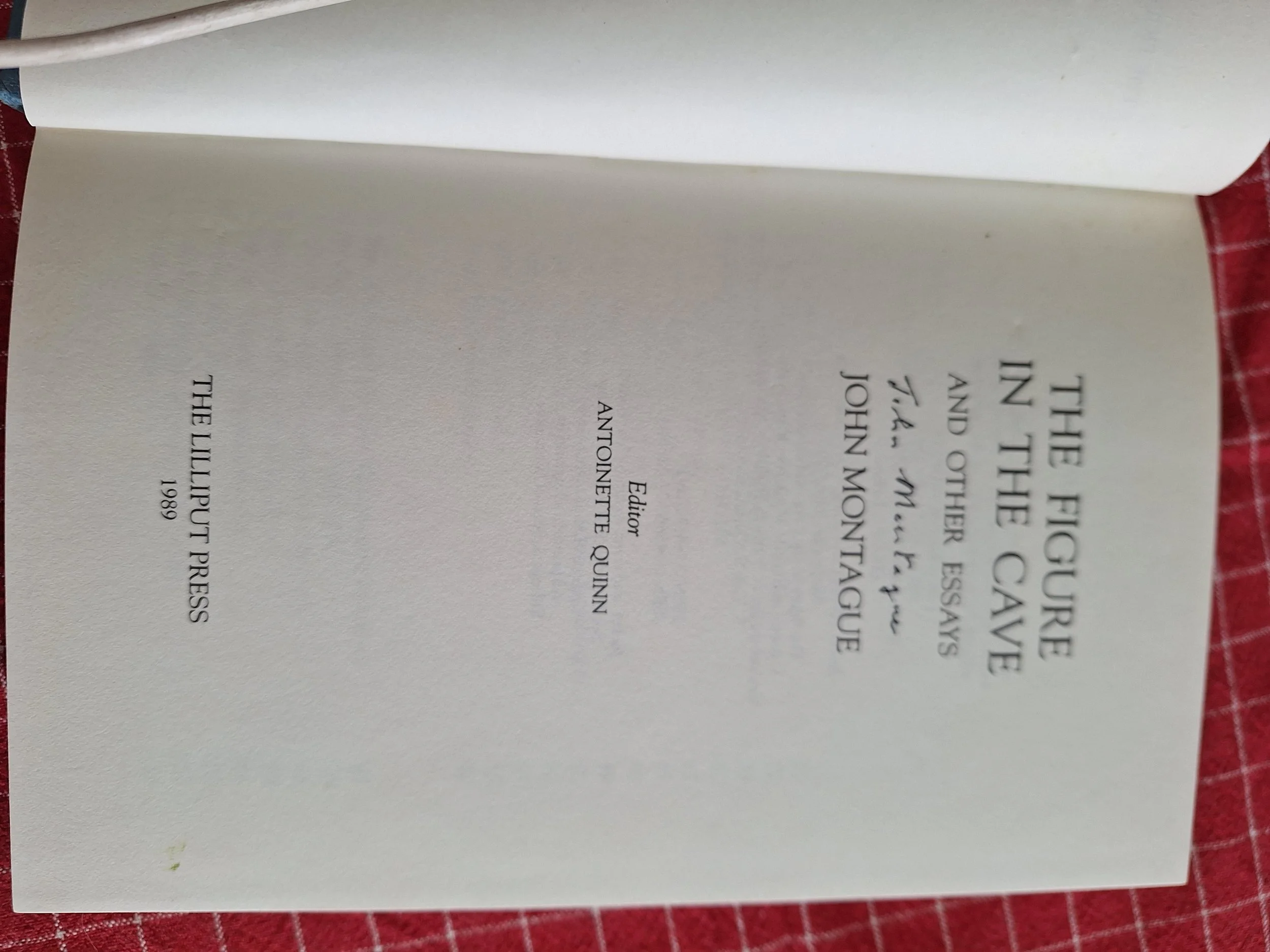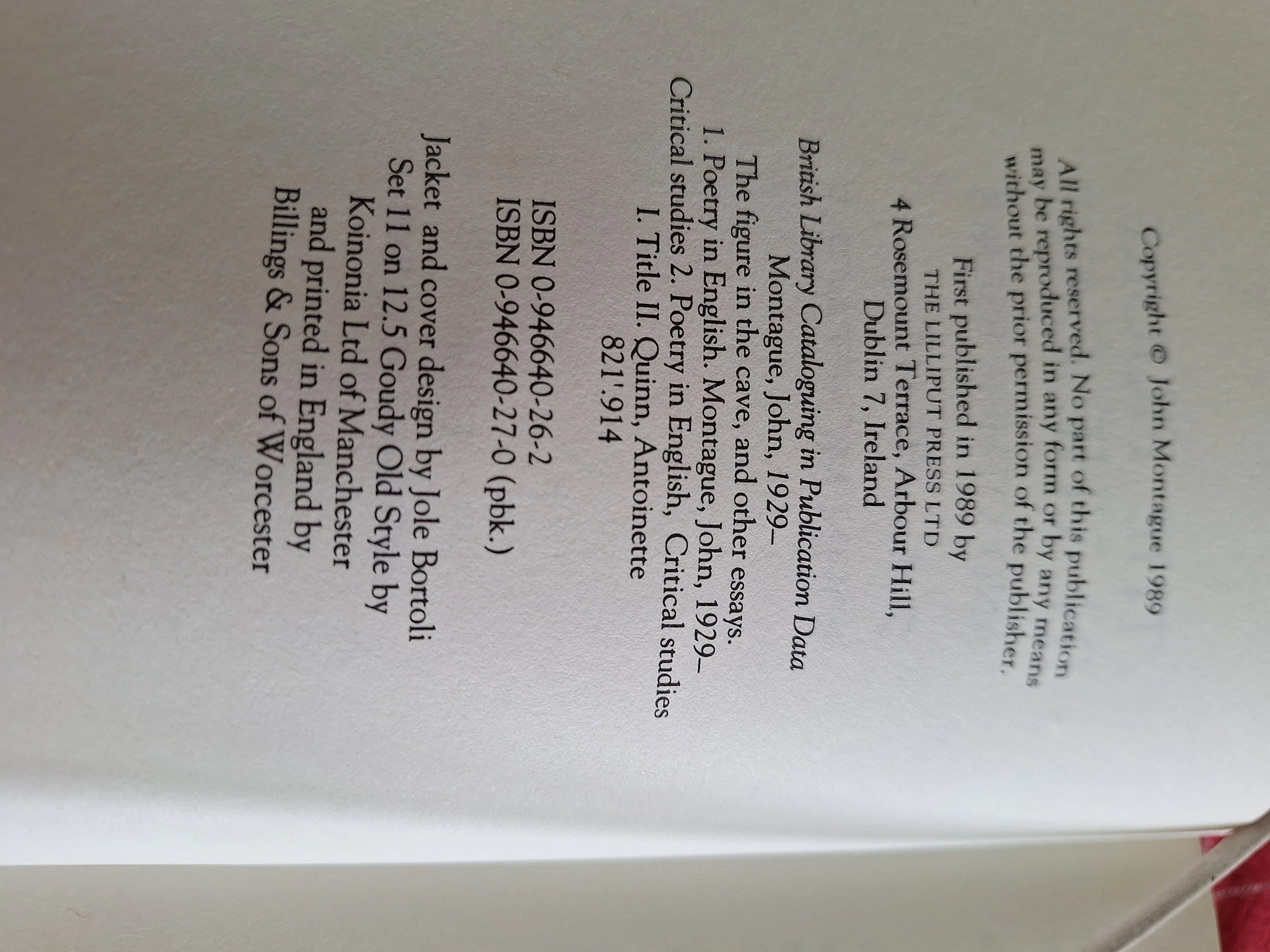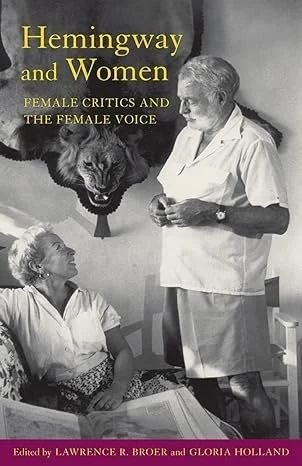 Image 1 of 1
Image 1 of 1


Hemingway and Women: Female Critics and the Female Voice
Hemingway and Women: Female Critics and the Female Voice
Ernest Hemingway’s portrayal of women has long been a subject of intense scrutiny, particularly among female critics who challenge the traditionally masculine lens through which his female characters are viewed. While Hemingway’s works often feature strong, independent women, many argue that these characters are frequently overshadowed by male perspectives, limiting their complexity and agency. Female critics have worked to reclaim the female voice within Hemingway’s narratives, uncovering subtle layers of emotion, resilience, and influence that complicate the often straightforward interpretations of his women as mere supporting figures. This ongoing dialogue highlights the evolving understanding of gender dynamics in Hemingway’s writing and invites readers to reassess the interplay between authorial intent and female representation.
Hemingway and Women: Female Critics and the Female Voice
Ernest Hemingway’s portrayal of women has long been a subject of intense scrutiny, particularly among female critics who challenge the traditionally masculine lens through which his female characters are viewed. While Hemingway’s works often feature strong, independent women, many argue that these characters are frequently overshadowed by male perspectives, limiting their complexity and agency. Female critics have worked to reclaim the female voice within Hemingway’s narratives, uncovering subtle layers of emotion, resilience, and influence that complicate the often straightforward interpretations of his women as mere supporting figures. This ongoing dialogue highlights the evolving understanding of gender dynamics in Hemingway’s writing and invites readers to reassess the interplay between authorial intent and female representation.


